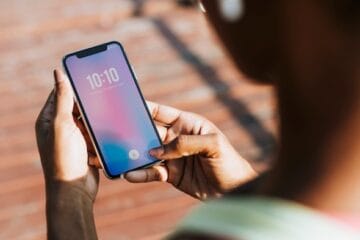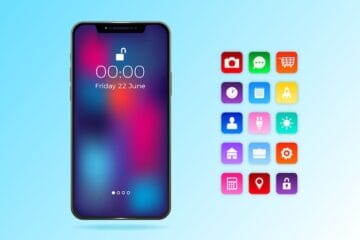Apple just closed the book on its first-ever down year for the iPhone. With results for the last quarter of 2016 released on Tuesday, the world now knows Apple sold 215.4 million iPhones last year, 7% fewer than in 2015. And iPhone revenue of $139.4 billion–larger than the total revenue of all but 11 members of the Fortune 500–was down 10%.
There are multiple reasons for the drop, some under Apple’s control, some less so.
Overall, the entire smartphone market grew only 2%, according to researcher IDC. But most of the growth was fueled by developing markets where Apple is not as strong as Asian competitors like Huawei and Oppo that offer cheaper phones running Google’s (GOOGL, +0.52%) Android software. And in the United States, carriers largely abandoned their past practice of generously subsidizing subscribers’ phone purchases, though some limited time promotions around the holidays did give away “free” iPhones. On the plus side, Samsung took a self-inflicted hit and aided Apple with its disgraced, recalled and now discontinued Galaxy Note 7.
Still, in 2016 the iPhone maker for some reason–never disclosed or explained–decided to abandon its previous strategy of overhauling the exterior design of its flagship device every other year. The iPhone 7, while featuring a few new internal features such as the usual camera and chip speed improvements, looked almost exactly like its predecessor, the iPhone 6S, which in turn looked just like the 2014 iPhone 6.
New data released on Thursday highlighted how that strategy fared. Apple’s iPhone 7 was slightly more popular with U.S. buyers in its first four months on the market than last year’s iPhone 6s, but fell well short of the blockbuster iPhone 6, which was a total redesign and marked the introduction of the larger-screened Plus version.
By the end of 2016, 19% of all U.S. iPhone owners had one of the latest iPhone 7 models, according to a survey released by Consumer Intelligence Research Partners. That was ahead of the 17% who owned a 6s model at the end of 2015 but much less than the 30% who owned an iPhone 6 at the end of 2014.
Looking across the iPhone ecosystem at the end of 2016, in addition to the 19% who currently own a model 7, 38% still own a version of the two-year-old 6 and 34% have the year-old 6s. The remainder own either the smaller SE or older models, CIRP said.
For 2017, if usually reliable leakers of upcoming iPhone features are to be believed, Apple (AAPL, -0.36%) will offer at least one model with an all-new look. Dubbed by outsiders as either the iPhone 8 or the iPhone X, in honor of the device’s 10th anniversary, the rumored new edition will have a stunning OLED screen running from edge to edge, allowing for a larger and brighter display possibly in a smaller case enclosure.
That makes sense, given that the current larger-screen Plus models have been growing in popularity, a positive trend for Apple’s bottom line since those iPhones cost $120 more than the smaller-screen versions. The rumored iPhone X could sell at an even larger premium, some analysts suspect.
In the United States, 35% of iPhone owners had a Plus model at the end of 2016, up from 25% a year earlier, CIRP noted.
“Apple continues to increase its sales of larger-format phones,” Mike Levin, partner and co-founder of the firm, said in a statement. “It appears to have overcome initial doubts about their appeal. And given their premium prices and a trend toward purchasing greater storage capacity among all iPhone buyers, this added meaningfully to revenues and gross margin.”
Another key takeaway, and a big positive for Apple’s future iPhone sales, is that the iPhone is still attracting a lot of first-time buyers. The 2016 sales slump was more due to a slowdown in existing owners deciding to upgrade, according to the data.
First-time buyers increase the size of Apple’s overall installed base, which bolsters revenue from ongoing purchases from the company’s various services like the iTunes media store, the App Store, and iCloud storage accounts. It also provides a larger pool of potential upgrade buyers in the future, as Apple’s customer loyalty remains the highest in the industry.
According to CIRP, the total number of U.S. iPhone owners of all models reached 132 million at the end 2016, up 20% from a year ago.
And that sets Apple up for a blockbuster year, if the next iPhone can impress as much as the rumors suggest.
[Source:-Fortune]



